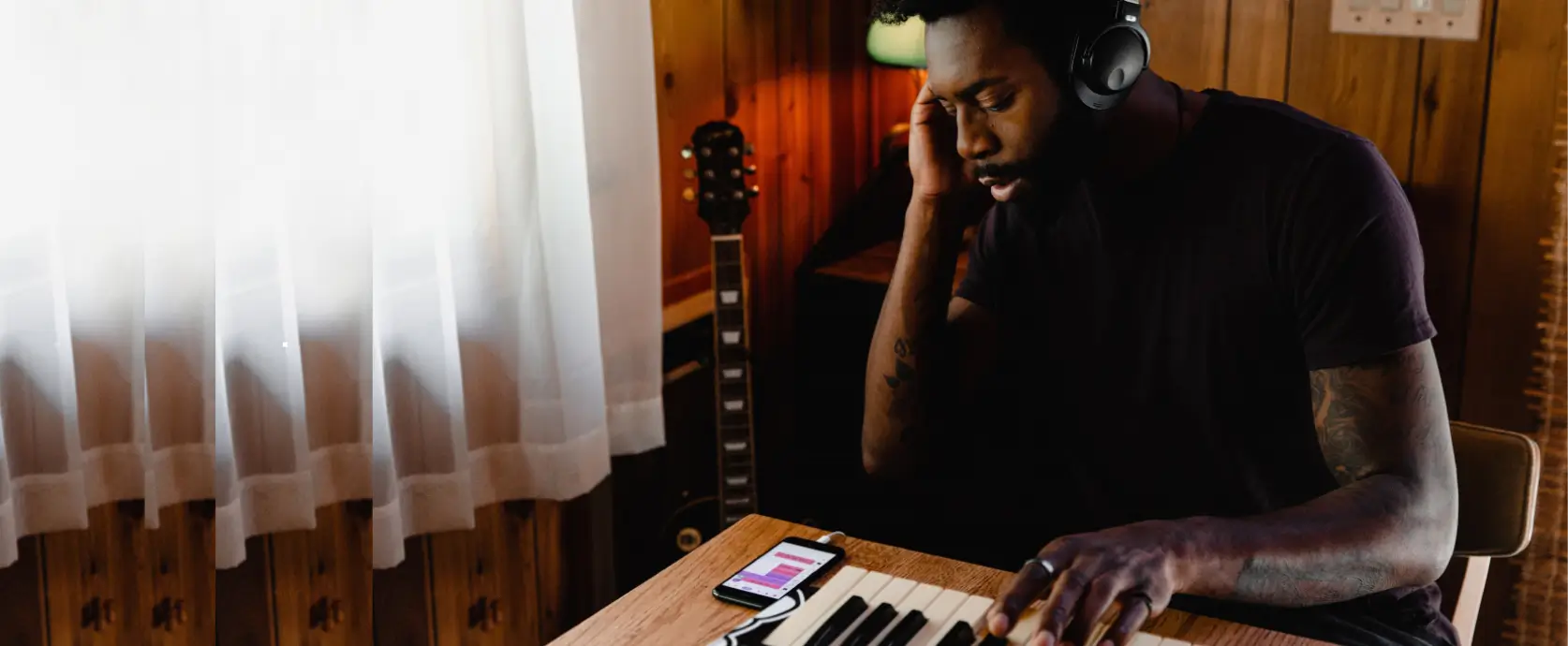
Rhubarb is a smart gardening app that makes growing food at home easy. It uses AI to give you personalized advice on what to plant and how to care for it. You can also connect with other gardeners and local businesses, making it a friendly and helpful community for anybody who wants to grow their own food.













